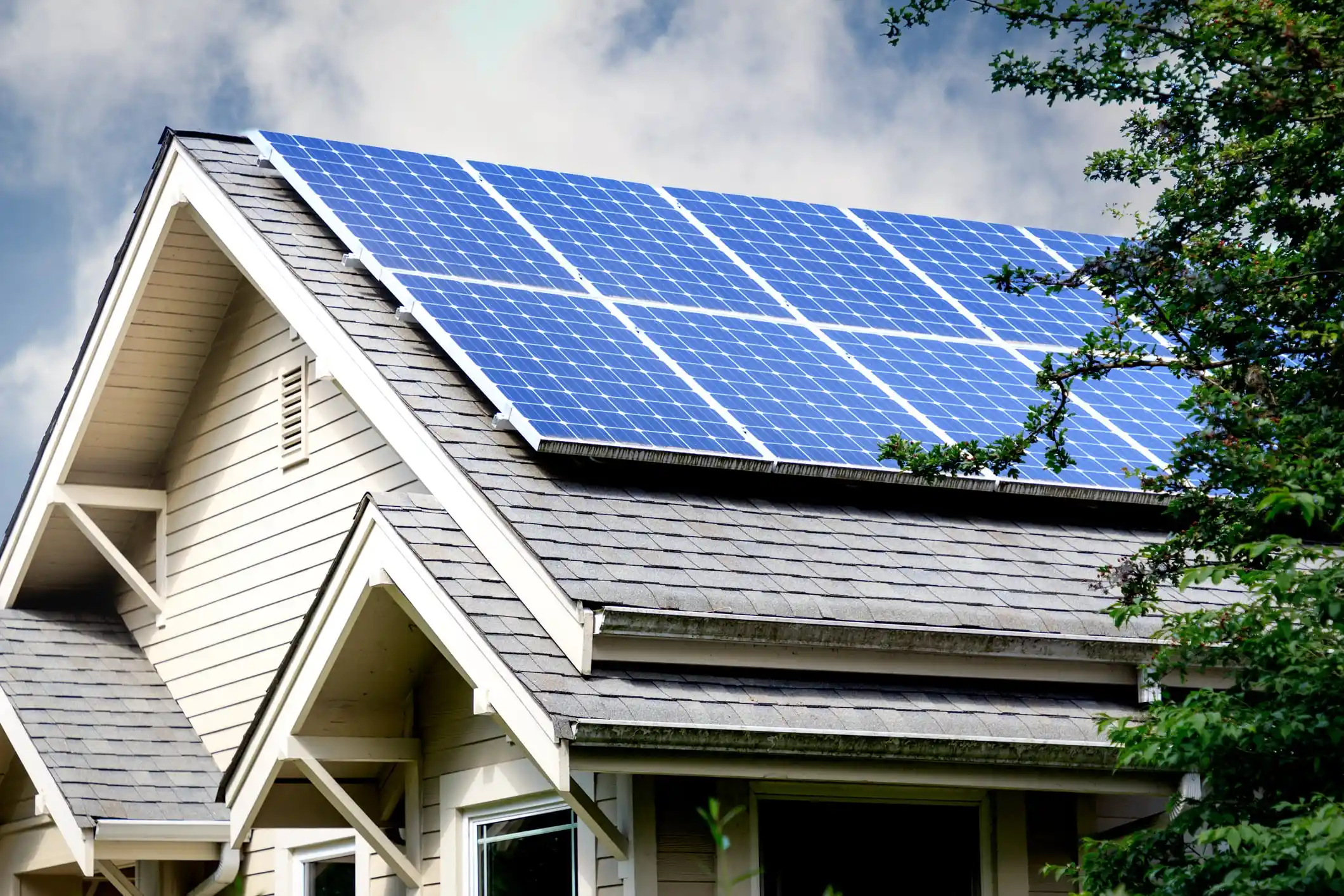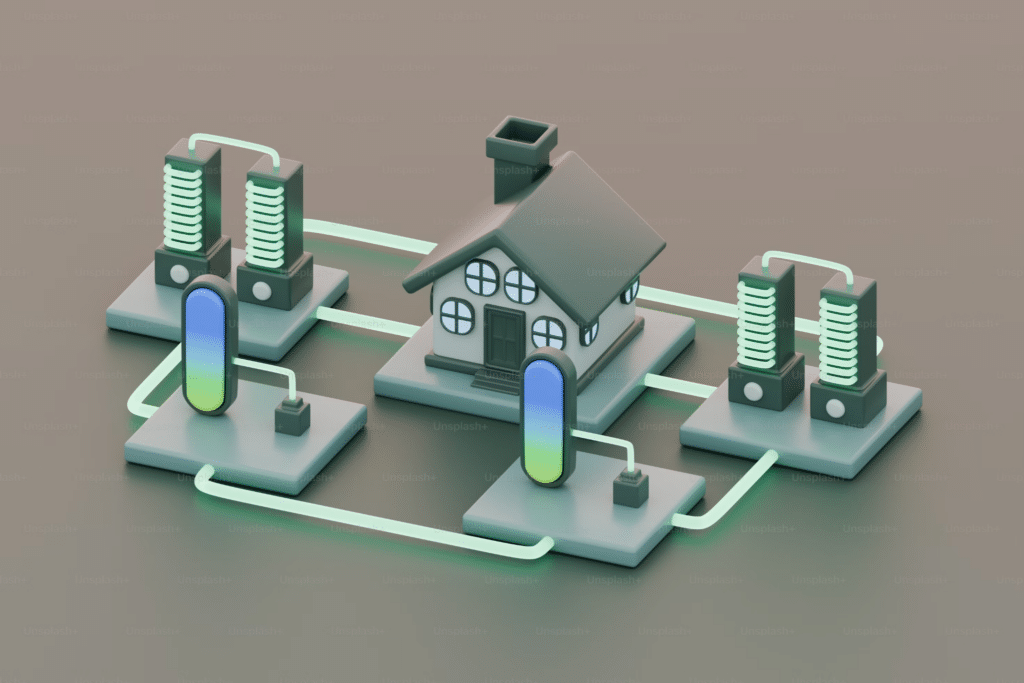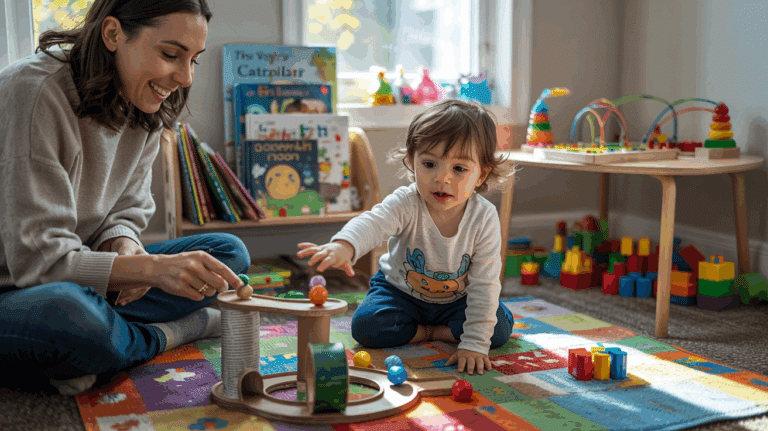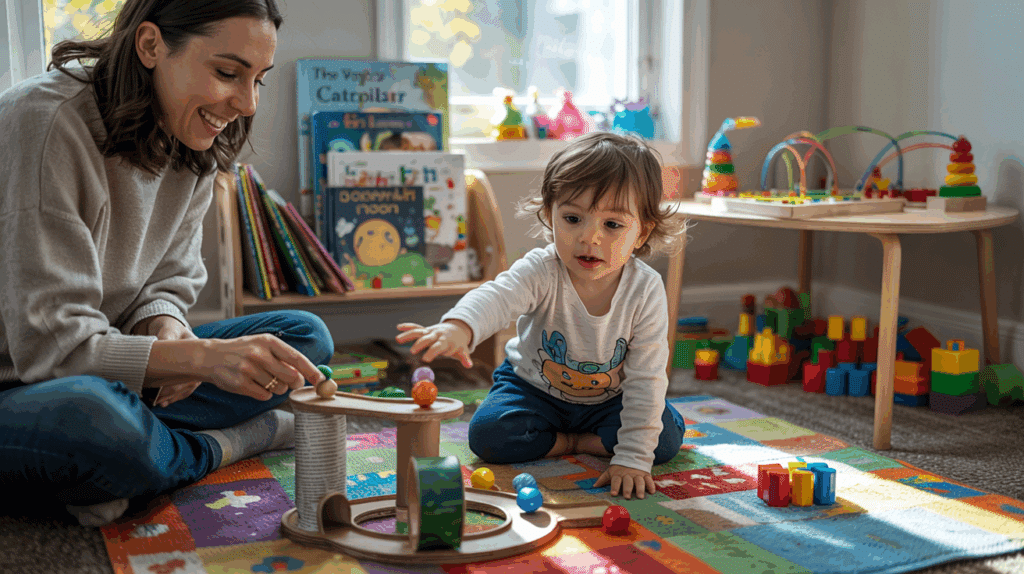Families everywhere are looking for smarter and greener ways to make their homes more comfortable, cost-effective, and kind to the environment. Some are interested in lowering monthly expenses, while others want to leave a healthier planet for their children.
Whatever the motivation, a growing number of homeowners see sustainable renovations as a worthwhile investment. From energy-saving appliances to innovative roofing options, eco-friendly improvements are taking center stage, and many of these solutions are more accessible than ever.
Below is a look at the most prominent trends shaping green renovations right now. The goal is to provide inspiration and practical advice so you can take steps toward a home that’s efficient, wallet-friendly, and aligned with a healthier future.
Solar Shingles: The Future of Roofing Technology
Solar technology has come a long way. Traditional rooftop panels are more common these days, but there’s another option on the market that offers both energy generation and visual appeal: solar shingles. These specialized shingles function like standard asphalt versions in how they protect the roof, but they also harness the sun’s rays to generate electricity.
Unlike bulky panels, solar shingles blend in with existing roofing materials, creating a discreet, modern look. They’re a compelling choice for homeowners who prioritize aesthetics without sacrificing efficiency.
One of the main differences between solar shingles and traditional panels is the installation process. Solar shingles tend to take more time and expertise to install, and they might require a full roof inspection and replacement if you’re planning to integrate them seamlessly. However, the investment can boost property value and significantly reduce long-term energy bills, especially if you look at other things that may help here, like roof insulation.
Those savings can make a meaningful difference for large or growing families that rely on a steady power supply. It’s a promising direction for homeowners who want renewable energy technology without compromising on curb appeal.
The Broader Impact of Solar Energy in Homes

Opting for solar energy, whether through shingles or panels, does more than lower monthly bills. Each system contributes to a worldwide push toward sustainable living. Solar energy influences renewable adoption globally — more households adopting solar means a higher demand for clean power and results in fewer greenhouse gas emissions.
That transformation extends beyond an individual neighborhood. As more families embrace solar, renewable energy sources become more cost-effective and widely available for everyone For those new to solar, starting small is an option. A few panels installed to power specific parts of a home can provide insights into long-term savings and maintenance.
Updating other parts of your home in tandem — such as installing a smart thermostat or replacing old HVAC units — maximizes overall efficiency. Even if you’re not ready for a full solar setup, planning ahead and gradually adding elements can spread out the cost while allowing you to gauge the benefits.
Integrating solar energy can also be a gateway to further eco-friendly upgrades. Once families see tangible reductions in their utility bills, it often inspires additional changes, like weatherproofing or investing in high-efficiency appliances. Each improvement builds on the last, setting the stage for a home that’s not only greener but also easier on the family budget.
Affordable and DIY Options for Sustainable Upgrades
Large-scale projects like solar installations are game-changers, but smaller, affordable updates can also make a significant difference. Not every homeowner has the time or budget for major remodeling, and that’s where DIY-friendly solutions come in.
Energy-Efficient Lighting
Replacing incandescent bulbs with LED options is among the simplest ways to cut energy consumption. These bulbs last longer, generate less heat, and use a fraction of the electricity needed by older lighting technologies. Updating to LED lighting in playrooms, bedrooms, and common areas can immediately reduce energy usage.
Smart Thermostats and Timers
Smart thermostats can be installed with minimal effort and allow families to set heating and cooling schedules based on daily routines. Some models provide app access, letting you adjust the temperature from a phone or tablet. These thermostats learn usage patterns over time to optimize energy use.
Rainwater Collection Systems
Collecting rainwater in barrels or tanks can help conserve resources and lower water bills, especially for households that regularly water gardens or lawns. Some parts of the country have guidelines on how to set up collection systems, so a quick check with local regulations is wise. The basics can be done with a few affordable materials from a local hardware store.
Improved Insulation
Sealing cracks around doors and windows keeps heated or cooled air inside. This step is relatively inexpensive and DIY-friendly. For a more comprehensive approach, adding or updating insulation in the attic or walls can yield substantial energy savings, especially in extreme climates.
Low-Flow Fixtures
Faucets, toilets, and showerheads designed to use less water can be installed without professional help. These fixtures maintain strong water pressure while minimizing excess usage. Some low-flow toilets even offer dual-flush options, so you can pick the right amount of water needed each time.
Routine Maintenance
A well-maintained home is naturally more efficient. Simple tasks like cleaning filters, checking for leaks, and scheduling seasonal HVAC inspections keep systems running smoothly. Consider exploring a home maintenance checklist that can guide you through monthly or seasonal tasks. A structured schedule ensures that small issues don’t escalate into costly repairs down the line.
The beauty of these smaller actions is the immediate and noticeable impact they can have. Some, like switching to LED bulbs or installing a smart thermostat, can be done over the weekend. Others, such as updating insulation or adding rainwater barrels, can be tackled piece by piece. For many families, starting with a few quick wins can lead to even bigger home improvements in the future.
Conclusion
Eco-friendly renovations have reached a point where they’re both innovative and practical. From sleek roofing alternatives like solar shingles to straightforward fixes such as energy-efficient lighting, each upgrade moves a household closer to a self-sustaining lifestyle. This approach not only reduces monthly utility costs but also sends a positive message to children and neighbors about caring for our shared environment.
Progress doesn’t have to happen all at once. Even small adjustments can yield measurable benefits over time. What matters is making choices that align with your family’s values and budget. Whether it’s installing a few solar shingles, using LED lights, or adopting low-flow water fixtures, each step brings you closer to a home that’s better for everyone.


















